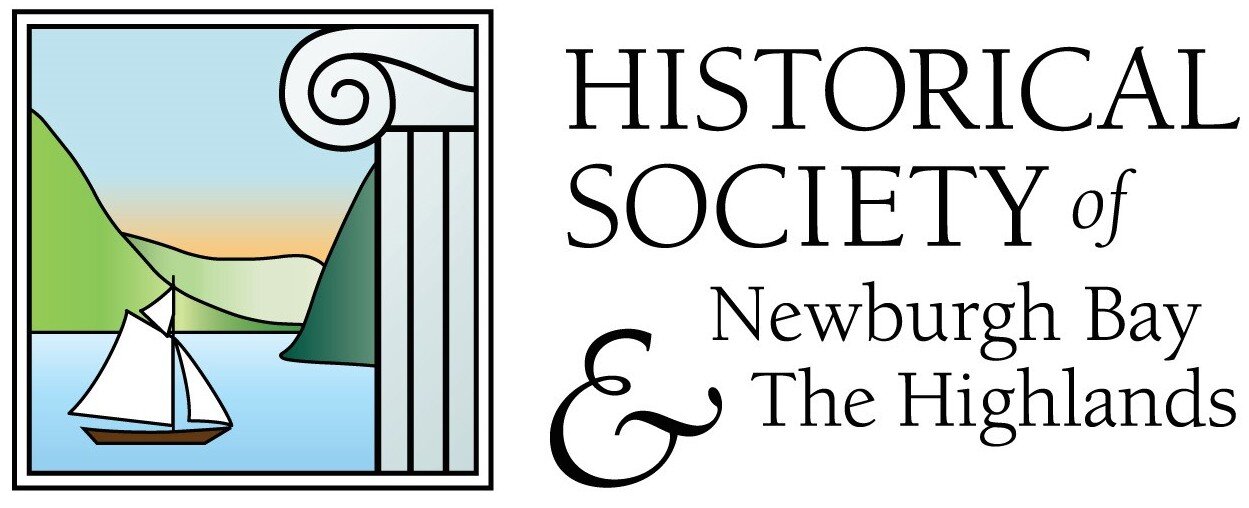A Need for Water
People care about where their water comes from. If there was some sort of contamination at a water source, chances are you’d want to know if it affected your faucet, especially considering the potential health risks. This is why learning about the history behind the water you drink is important beyond simple fascination or being able to impress friends with trivial facts. Tracing a local water supply provides comfort from knowing the details of its sources and routes.
The location of the well on Jonathan Hasbrouck’s property, currently on the grounds of Washington’s Headquarters State Historic Site.
Prior to 1852, the Village of Newburgh lacked a proper source of water to call its own. Private property owners hosted a series of shallow wells, but these quickly proved to be an insufficient supply for the rapidly growing population. The endeavor for a stable source of water proved to be a slow one, largely due to divergent political opinions about its importance. Years would pass between meetings on the issue.
The first step was an arduous one. Following a series of concerns voiced by citizens about a shortage of water, the legislature eventually decided to take action when it passed an act on March 27, 1809 allowing the trustees to encroach upon certain properties where water sources existed. This decision followed one made on March 7, 1806 to create the Newburgh Aqueduct Association dedicated to the procurement of water for the village. No significant strides were made until May 1813, when trustees attempted to contact Jonathan Hasbrouck in the effort to procure The Cold Spring on his land where Clark Street now meets Parmenter Street. After several attempts, The Cold Spring was finally purchased in 1816 and combined with other acquired wells as a water source for the Village.
These wells supplied Newburgh for decades until they also became insufficient sources for the growing population. Once more, the Village Board of Trustees passed an act to procure additional water supplies on March 30, 1852. However, this time water commissioners were appointed and assigned to the task. The men who comprised the Newburgh Water Commission of 1852 were George Cornwell, Lewis W. Young, and James Belknap. These men proved to be quite adept at engineering tasks and on November 15, 1852 it was decided that Little Pond (now Washington Lake) would serve as the primary source of water for the Village of Newburgh.
Washington Lake is located west of the City of Newburgh, within the Town of Newburgh. Image, captured in 2012, provided by Peter Smith.
Little Pond would feed water to the “Trout Hole” reservoir through a series of tunnels originating at a subterranean opening known as the “Swallow Hole”. From the Trout Hole, water would be transported for usage by an iron pipe twelve inches in diameter. Iron was chosen in favor of wood because of wood’s tendency to rot. It was briefly considered that the water should be transported using copper pipes because it was thought to be a healthier material for water to flow through, but iron was chosen due its abundance in the region.
Little Pond eventually became known as Washington Lake during its construction in 1907. Many additions were added to better supply the City of Newburgh. Newburgh’s rate of growth called for yet another update to infrastructure, including enlarging the previous twelve-inch iron pipe to thirty inches. It has since been expanded multiple times through the years to meet an increasing demand.
The reservoir is now able to hold over a billion gallons of water, serving as a testament to the City’s rapid growth in population and industry.
The topic of drinkable water continues to appear in the current news of the region and nation as new influences affect the population’s needs. As we consider this, it’s interesting to look back at how this system was transformed to quench the thirst of our citizens and power our manufacturing. The water, which connects us all, can also serve as a window into our City’s past.


